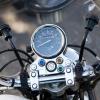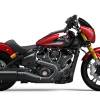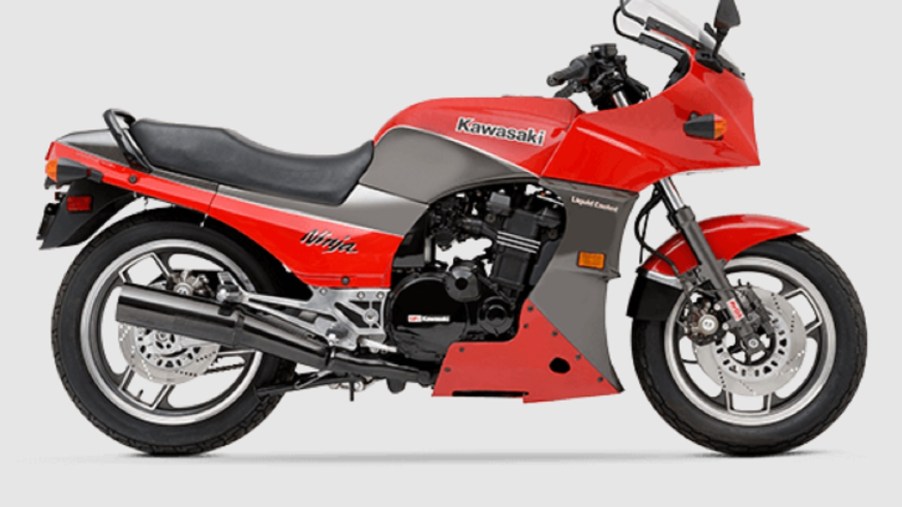
Here’s How the Kawasaki Ninja Became a Household Motorcycle Name
Whether you’re a beginning rider or an experienced one, the Kawasaki Ninja has something to offer you. Although it’s just one line of motorcycles Kawasaki offers, the sportbike is arguably the brand’s most recognizable bike. And its popularity has inspired companies like Aprilia, not to mention Honda, Yamaha, and Suzuki, to create direct Ninja rivals. But how did this affordable sportbike achieve such a level of prominence? That’s the question YouTube team Donut Media decided to answer.
Without the Z1 900 (and Honda’s CB750), the Kawasaki Ninja might not exist
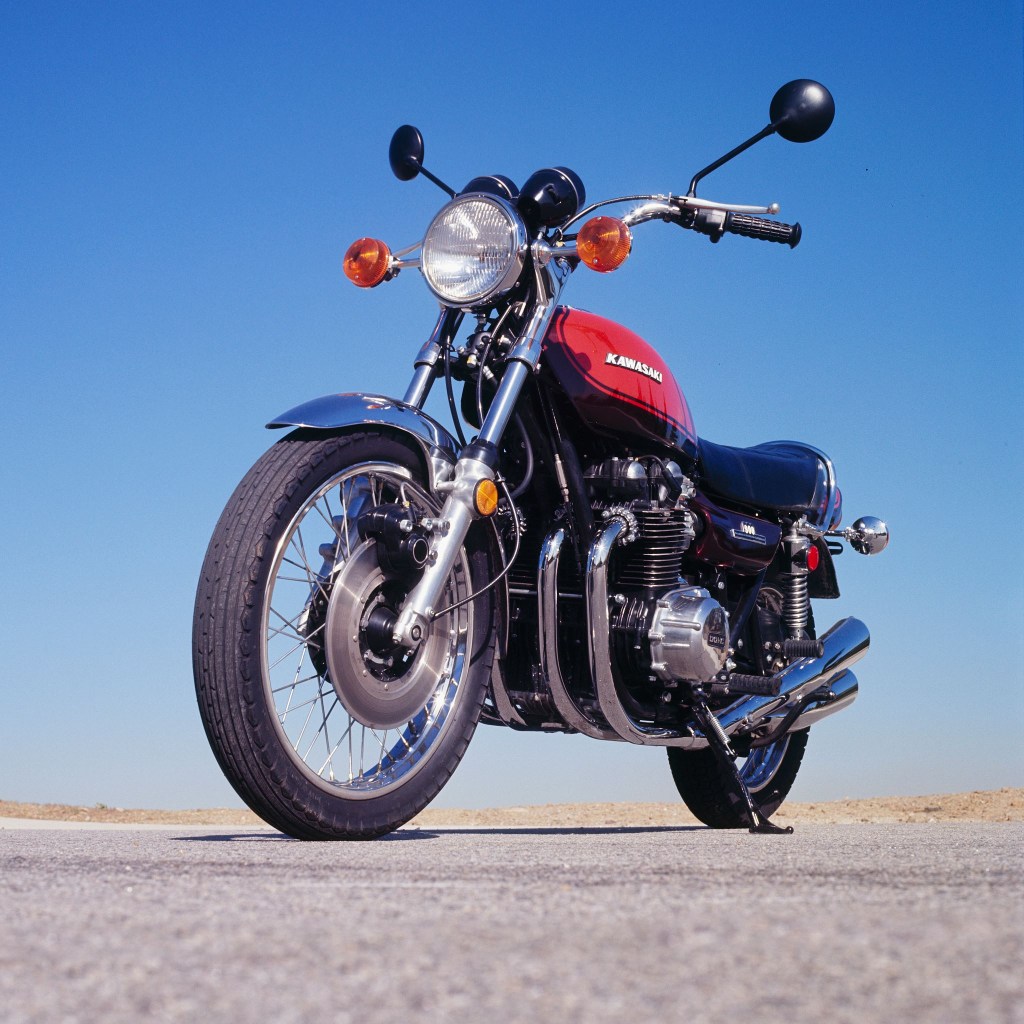
Although the Kawasaki Ninja came out in the ‘80s, its story technically began several decades earlier. The success of movies like The Wild One and Easy Rider cemented the ‘bad boy’ rider image in the public consciousness, especially in the US. And it led to the popularization of bobbers, choppers, and Harley-Davidson cruisers. So much so, that overseas brands, including Kawasaki, tried making direct Harley rivals.
But by the 1980s, the ‘rough riders’ were getting older. And as is often the case, their kids wanted nothing to do with what their parents thought was cool. Plus, this was roughly a decade after Honda launched the CB750. The UJM segment was in full swing, and the Japanese OEMs were constantly trying to one-up each other.
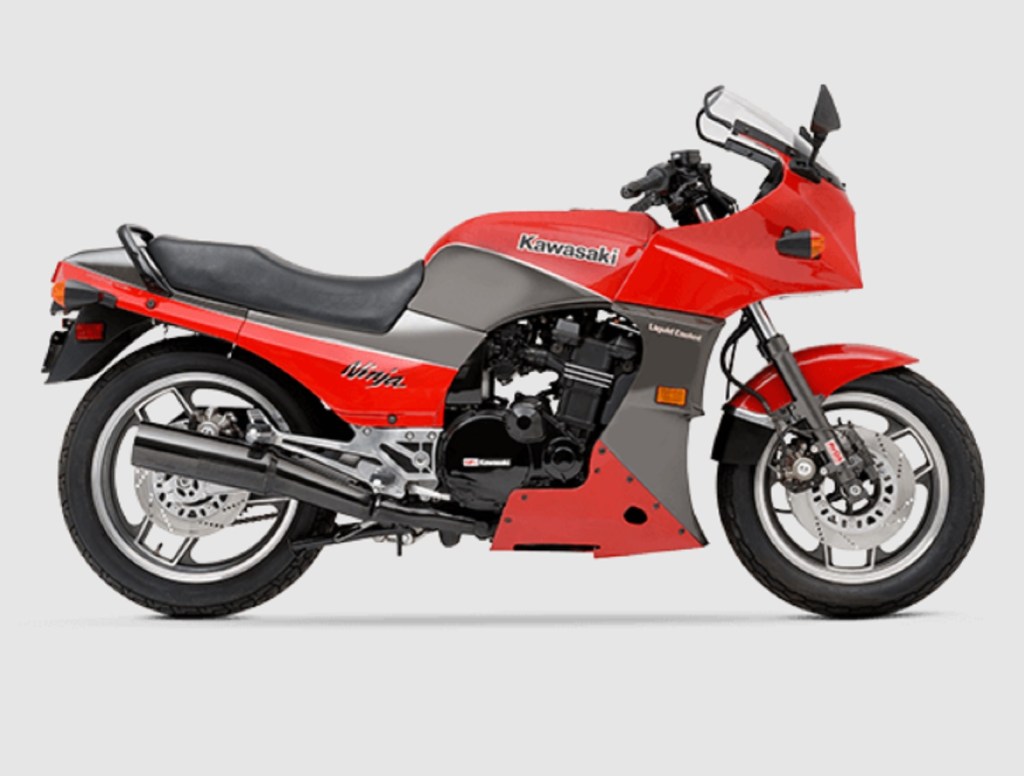
In Kawasaki’s case, it initially countered the CB750 with the 1972 Z1 900, promptly breaking a world speed record. However, a decade later, the Z1 was no longer on the bleeding edge of speed or engineering. And Kawasaki needed a Z1 follow-up to keep pace with the tech and performance offered by bikes like the Honda CBX and Suzuki Katana.
That follow-up came in 1983: the 1984 Kawasaki GPZ900R. You might know this sportbike by another name, such as ‘ZX900’ or ‘ZX900A.’ But it’s because of one US Kawasaki executive, Mike Vaughan, his knowledge of Japanese culture, and his sailboat, that the bike gained its most iconic name: the Kawasaki Ninja 900.
From cutting-edge GPZ900R Top Gun star to high-speed H2, the Kawasaki Ninja has become a celebrated sportbike
When it comes to movie-famous motorcycles, the 1984 Kawasaki GPZ900R is right up there with the Easy Rider bike. It earned that status when Tom Cruise, playing fighter pilot Pete ‘Maverick’ Mitchell, rode down a runway accompanied by a screaming jet in Top Gun. However, while Top Gun undoubtedly helped spur Kawasaki Ninja sales, the GPZ900R earned its film role with its performance credentials.
At the time, the 1984 Kawasaki Ninja 900 was “the most technically sophisticated inline-four motorcycle ever built,” Motorcyclist says. It was the first production bike with an engine as a stressed member of the frame. That engine was the first production liquid-cooled 16-valve inline-four and the first inline-four with a vibration-smoothing counterbalancer. Plus, the 1984 Ninja had an anti-dive fork, Motorcyclist reports.
And it was fast. The 1984 Kawasaki Ninja GPZ900R’s 908cc engine makes 115 hp, enough to get the bike to 150 mph. That made it the fastest production bike in the world, hence the Top Gun spot. This speed, combined with its stellar handling, helped it come in first and second at the 1984 Isle of Man Production TT. Little wonder Kawasaki gave it an aircraft-inspired fuel-filler cap—i.e., the same cap almost all bikes today use, RideApart notes.
Since the GPZ900R’s debut, the Kawasaki Ninja name has appeared on a variety of innovative sporty motorcycles. The 1985 Ninja 600R, for example, “essentially invented the modern…middleweight category,” Motorcyclist says. Its successor, the 1986 600RX, sported a lightweight aluminum perimeter frame. And the only factory-supercharged motorcycle on sale today is a Ninja: the Ninja H2.
Plus, it’s because of the Kawasaki Ninja 900 that the Japanese motorcycle companies got into a high-speed war in the 1980s and 1990s. In essence, the Suzuki Hayabusa exists because of the Ninja.
How much does one cost today?
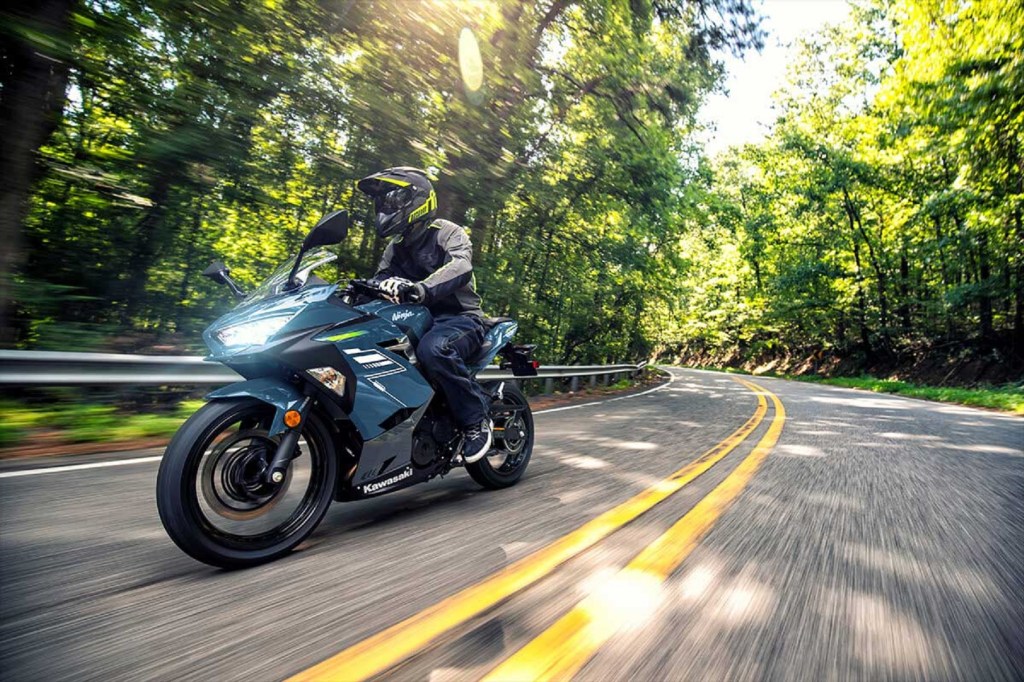
Today, sportbike buyers can choose from a wide selection of Kawasaki Ninjas. Besides the ‘regular’ Ninja 400, 650, and 1000SX, there are also the more track-focused ZX models. Not to mention the ‘hypersport’ H2 bikes. And while the higher-performance versions can get pricey, a 2022 Ninja 400 ABS starts at just $5399.
Despite its star power, the original Ninja isn’t significantly more expensive. A pristine 1984 GPZ900R is less than $9000 these days, Hagerty says. However, some later Ninjas, such as the AMA Superbike homologation ZX-7R, often cost significantly more.
Still, that affordable price tag is yet another reason why the Kawasaki Ninja remains popular today.
Follow more updates from MotorBiscuit on our Facebook page.

